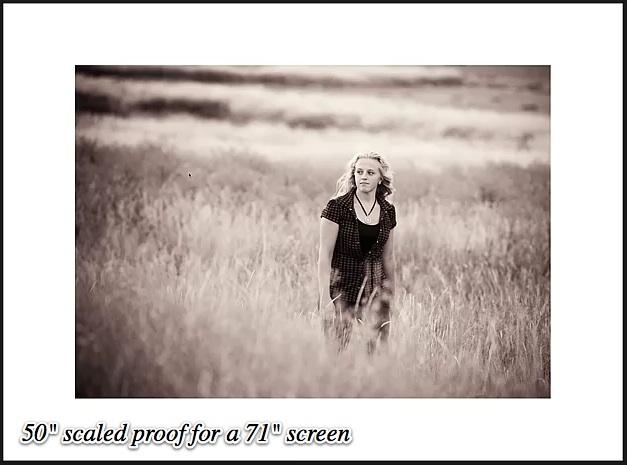by Gavin Seim. Updated 06/23/12: It’s been a common debate, though much less so as pro’s learn that RAW is a no brainier. I deal with both the JPEG and RAW side quite often because the tools I make on Seim Effects. I’ve seen the value of RAW and once you do there’s no going back. Some photographers that still use JPEG, use a reason like… “I nail my exposure, so there’s no reason for me to use RAW”. I think when this happens it’s one of two things.
- Showmanship. For some, I think showing everyone how spot on your exposure comes out is a great way to show off when making a presentation. OK I get that, we all like to show our proficiency, but I’d rather not toss away quality on my clients images to get expert points on the minds of my peers.
- The most common reason however. I think some still have a mental block about RAW and don’t want to address it. I remember being in that spot years back. Somehow the larger files size and RAW data seems daunting. In reality it was not big deal at all. I know because I went thru it. If you’re in this camp just move beyond it and you’ll be glad you did.
This idea is simple and that’s why this article will be short. JPEG tosses out information that you might need later in order to make a smaller file. It keeps that the camera “thinks” it needs. RAW keeps it all. And with today’s direct RAW editing and localized adjustments using software like Lightroom, the power of using RAW data has become crystal clear. Let’s skip the banter however and settle this. I could make up a bunch of examples for you, but this one photo proves my reasoning, so I’ll keep this short.
________________
1: Here is an outdoor wedding scene from a 5D MK2 unedited other than being cropped. Yes it’s a bit under exposed, but had it been correctly exposed I would have lost even more detail in the sky area. Now at a glace, this photo seems like no matter what we do it will be pretty bland. Lets look.







